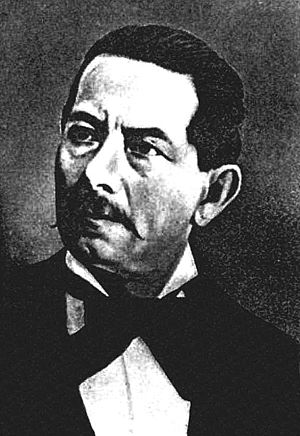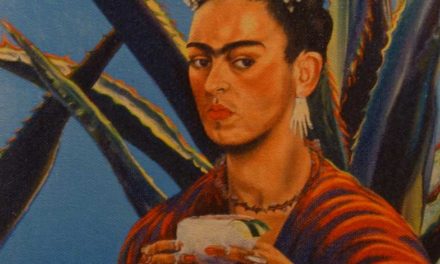Casimiro Castro, a brilliant Mexican artist during the 19th century, gave us many stunning portrayals of life and culture of that era.
What makes this print rare is the inclusion of two runaway slaves who went with the Kickapoo Indian leaders to see the emperor and became part of Mexican history and an important artistic story.
In American art one sees portrayals of slaves and images of runaways, but none painted in such an inclusionary manner as in this Kickapoo lithograph by Casimiro Castro. All those in the print are represented as free people, not slaves to anyone.
Book and print seller James E. Arsenault described this print as, “a rare lithograph showing the presentation of a group of Kickapoo Indians and runaway Texas slaves at the court of the Austrian Archduke and Emperor of Mexico, Maximilian in 1865.”
In his lithograph of the Kickapoo Indians, he also gave us firsthand insights into the politics of French occupation of Mexico in the 1860s. The story begins with the entry of Kickapoo Indians into Mexican territory during the 1830s.
Just prior to the Texas Revolution, the Mexican government invited Kickapoo Indians to take up residence in Mexico’s northern frontier, which included present day Western and Southern Texas. Mexican officials hoped that the Kickapoo Indians would serve as a buffer to Anglo-American settlers who were encroaching on Texas territory. Various bands of Kickapoo Indians, unhappy with the American government efforts to resettle them in the Oklahoma Territory, took the Mexican offer and lived in Texas until the Texas Revolution broke out in 1836.
The Kickapoo made a decision to side with the Texas-Mexicans, a decision that cost them dearly.Viewed as enemies of the new Texas Republic, they were unsure about their safety living in Texas territory. Mexican officials understood the Kickapoo
dilemma and offered the Indians land south of the Rio Grande near the town of Musquizin the state of Coahuila.
The new Texas government did in fact engage in the “Indian Wars,” principally fighting the Comanches and Apaches. The Texas militia and the Texas Rangers fought these two tribes for another fifty years.
The Kickapoos, who made their home in Northern Mexico, witnessed the arrival of French forces in 1862. Under President Benito Juarez, Mexican forces won some early victories, but they were vanquished in 1863 by the French military. In the following year, Napoleon Ill created a new monarchy in Mexico and chose Maximilian von Habsburg of Austria to rule as emperor.
In the early 1860s Kickapoo Indians met with Emperor Maximilian to inquire about their legal status and land holdings. Casimiro Castro’s famous lithograph of the Kickapoo Indians resulted from that meeting. Two French citizens living in Mexico and working as printers at the Decaen lithography firm made copies of the lithographs and distributed them.
Collaborating with the Decaen firm in Mexico City, Casimiro Castro received the assistance and expertise in color lithography to produce a portfolio of images related to Mexican society. Joseph Antoine Decaen, an emigrant from France, decided to present Emperor Maximilian with several fine art pieces created by Castro. The Kickapoo print was presented to the Emperor, whose rule over Mexico proved to be short lived. The Mexican Indian print was one of more than two dozen lithographs created by Casimiro Castro.
The Kickapoo Indians had every reason to be concerned about their status in Northern Mexico. Indians living in Texas faced a double threat to their existence with the Indian Wars and the American Civil War. If the Kickapoos lost their land in Mexico, they would be forced to return to Texas where slavery was permitted. Some tribe members had married runaway slaves, actions which placed both the Indians and former slaves in grave danger if they were to live in Texas.
Today the Kickapoos, Tribu Kikapu, as they are known in Mexico, live largely in the Muzquiz Municipality. Over the last century some of the tribe members moved back to Texas and today live in Maverick County on the Kickapoo Indian Reservation of Texas not far from the town of Eagle Pass.
Life changed for the better in 1983 for the Kickapoos when the tribe was granted federal tribal recognition. That federal status allowed them the right to operate casinos on their land. While their population remains small, estimated at about 850, most adults on the reservation are now employed at the Kickapoo Lucky Eagle Casino which opened in 1996.








